50+ Sample Shopping List Templates
-
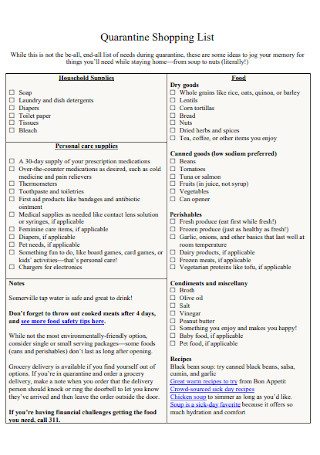
Quarantine Shopping List
download now -
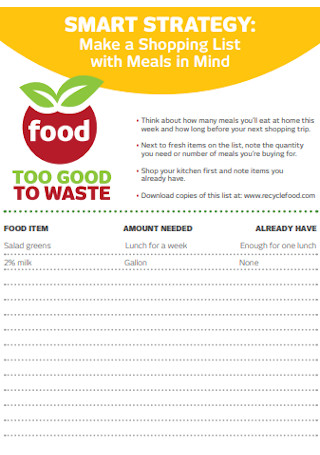
Food Shopping List Template
download now -
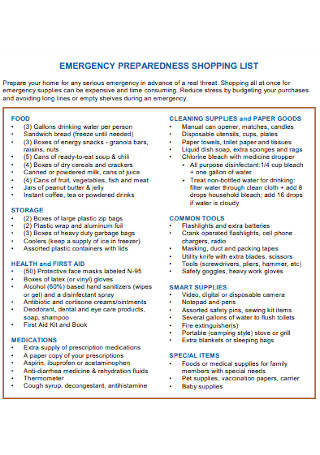
Emergency Preparedness Shopping List
download now -
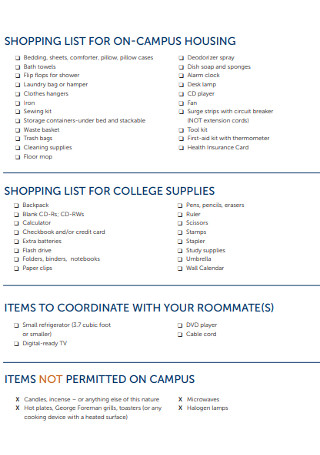
Shopping List for House Template
download now -
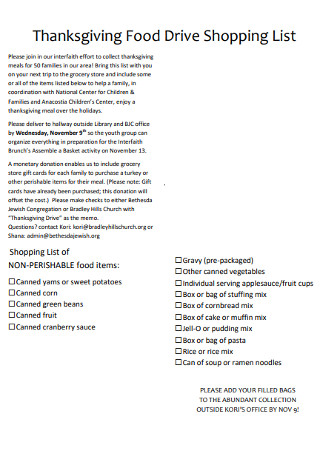
Food Drive Shopping List Template
download now -
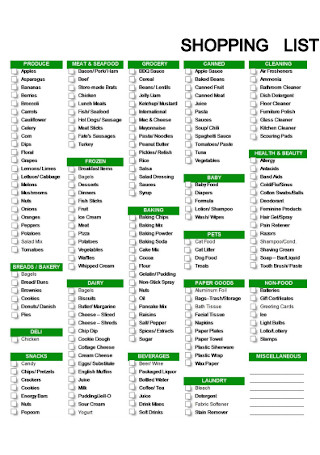
Market Shopping List Template
download now -
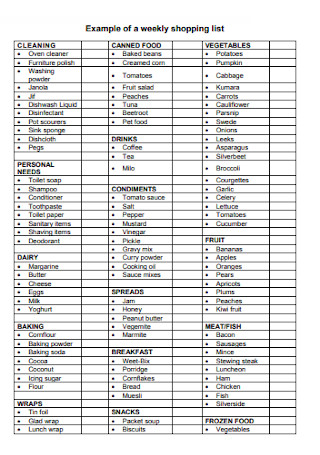
Weekly Shopping List Template
download now -
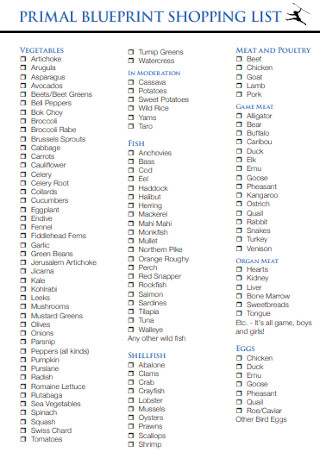
Primal Blueprint Shopping List
download now -

Shopping List Format
download now -
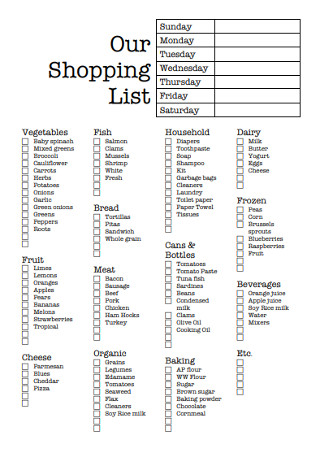
Formal Shopping List Template
download now -
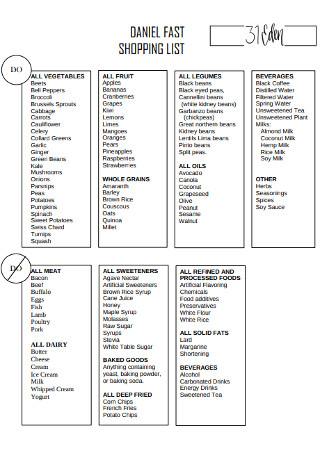
Fast Shopping List Template
download now -
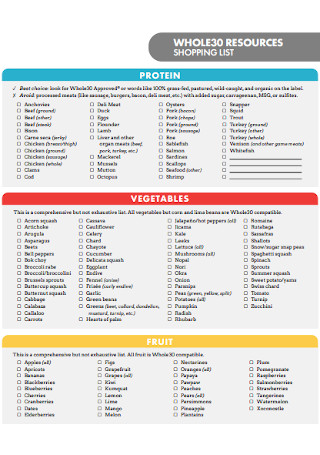
Wholesale Shopping List Template
download now -
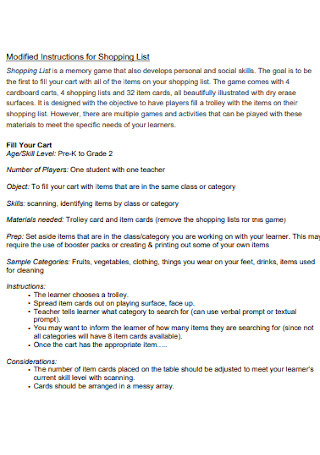
Simple Shopping List Template
download now -
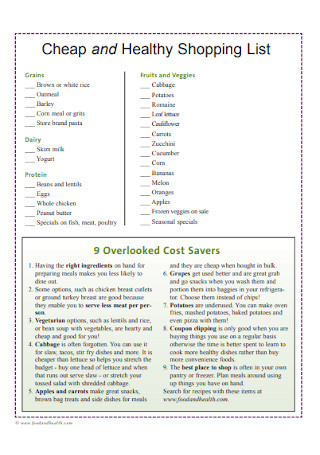
Cheap and Healthy Shopping List
download now -
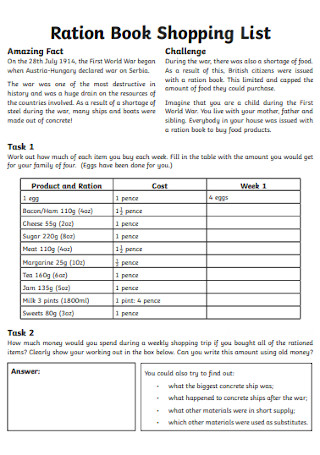
Ration Book Shopping List
download now -
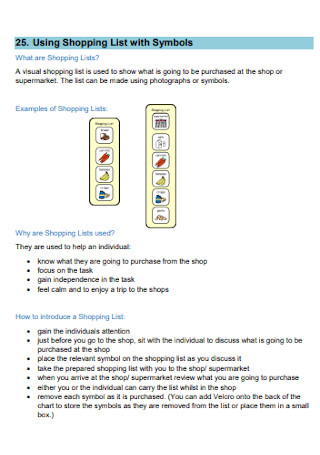
Shopping List with Symbols Template
download now -
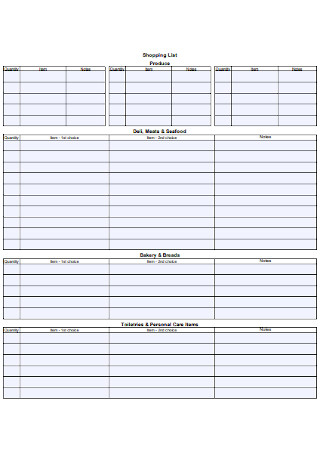
Simple Shopping List Example
download now -
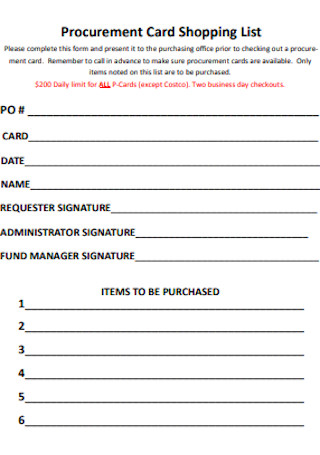
Procurement Card Shopping List
download now -
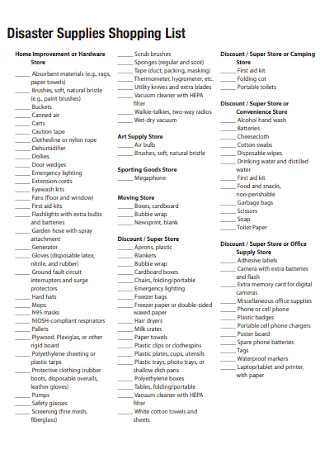
Disaster Supplies Shopping List
download now -
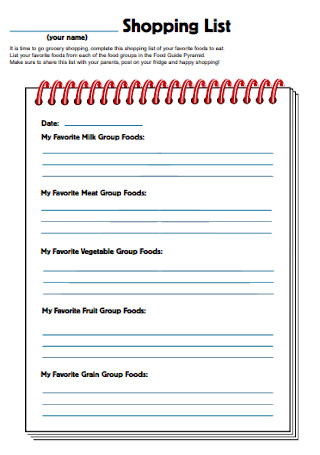
Basic Shopping List Template
download now -
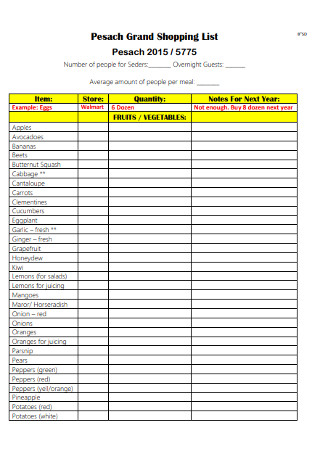
Grant Shopping List Template
download now -
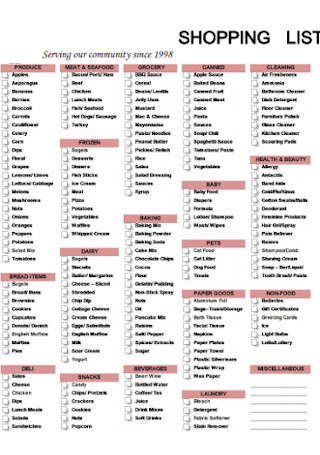
Market Stores Shooping List
download now -
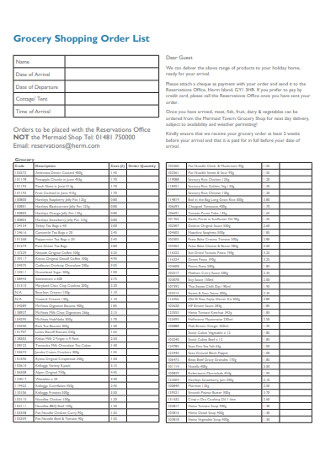
Grocery Shopping Order List
download now -
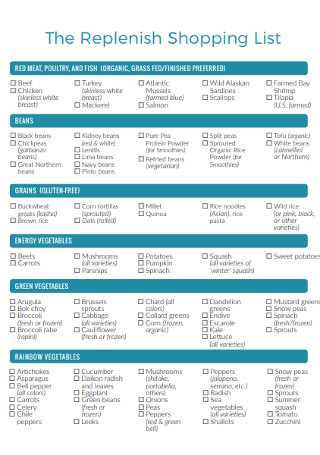
Replenish Shopping List Template
download now -
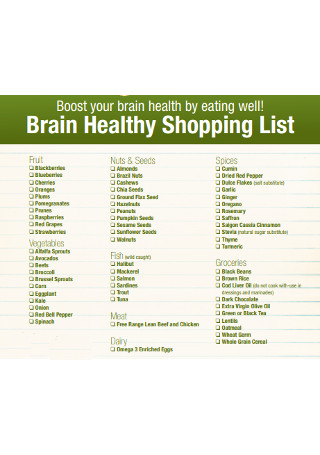
Sample Healthy Shopping List Template
download now -
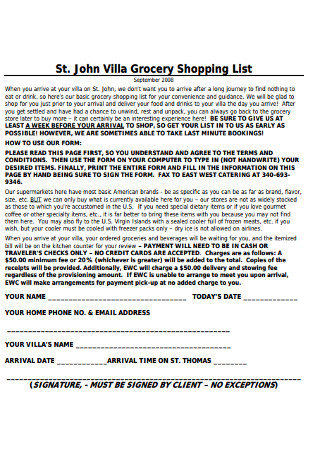
Basic Grocery Shopping List
download now -
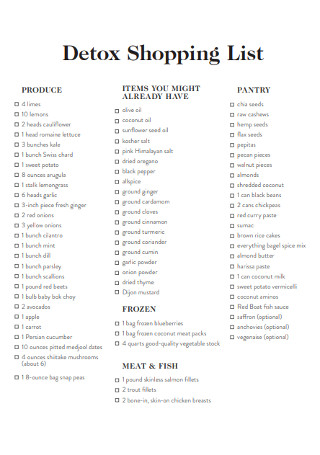
Detox Shopping List
download now -
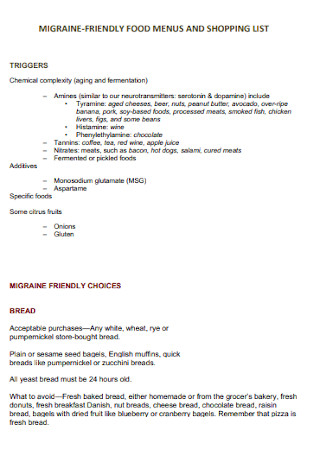
Food Menus and Shopping List
download now -
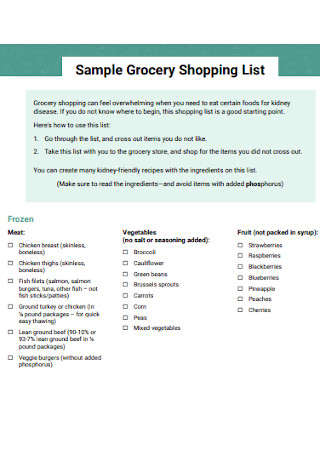
Sample Grocery Shopping List
download now -
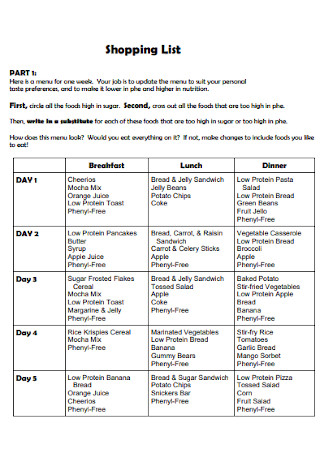
Standard Shopping List Template
download now -
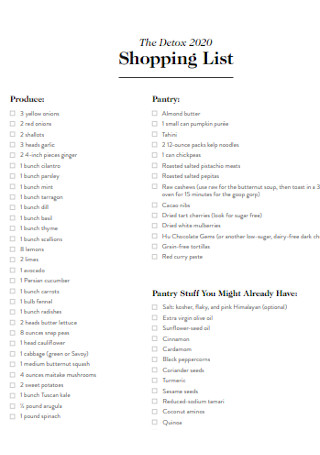
Printable Shopping List Template
download now -
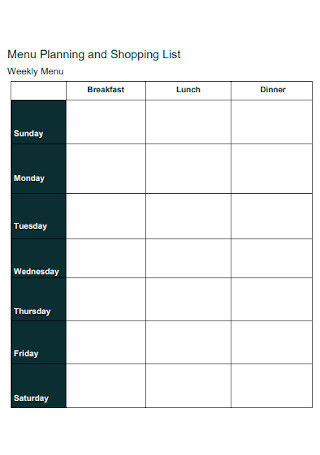
Menu Planning and Shopping List
download now -
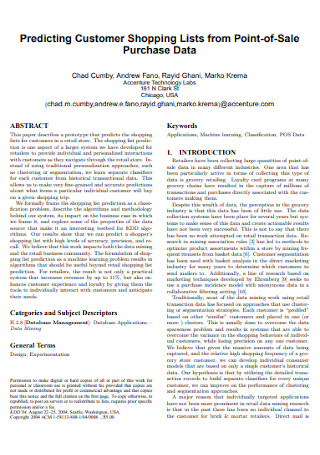
Predicting Customer Shopping List
download now -
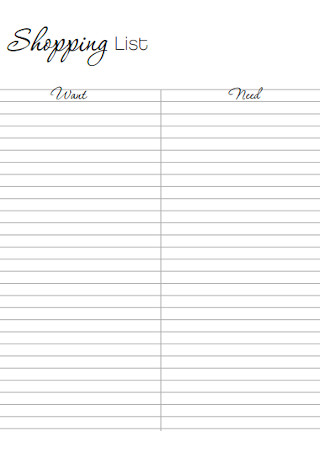
Basic Shopping List Format
download now -
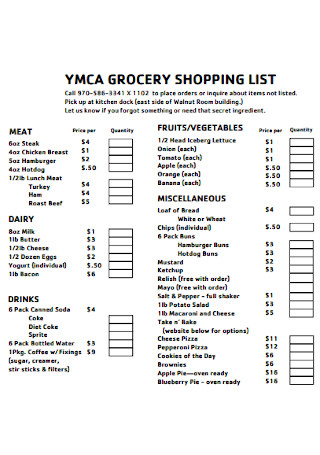
Kitchen Grocery List Template
download now -
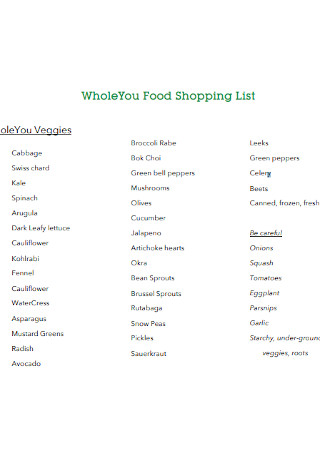
Wholesale Food Shopping List
download now -
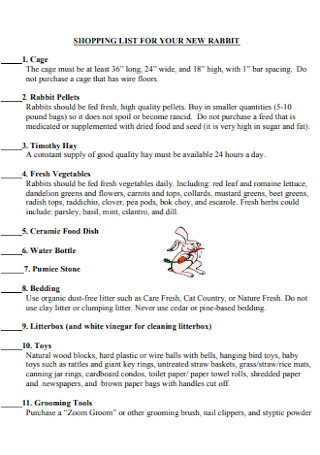
Shopping Liist for New Rabbit
download now -

Brain Healthy Shopping List
download now -

Sample Healthy Shopping List
download now -
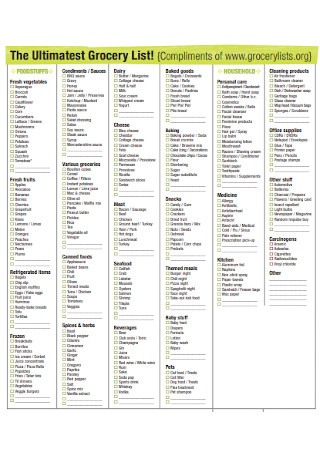
Basic Ultimatest Grocery List
download now -

Grocery Shopping List Example
download now -
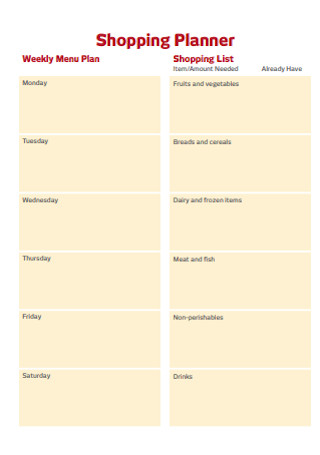
Shopping Planner List
download now -
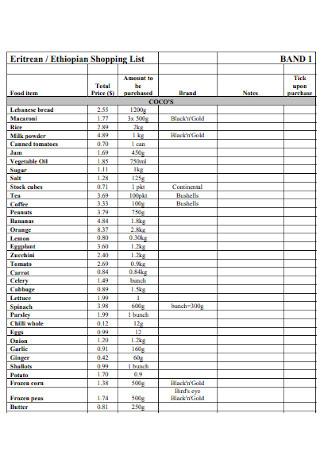
Healthy Food Shopping List
download now -
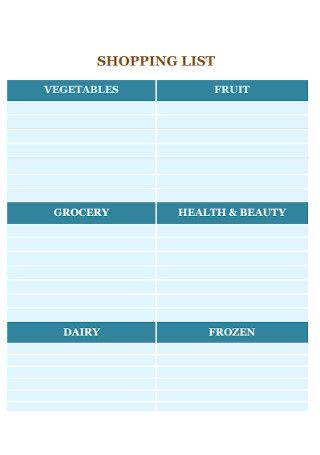
Fruits Shopping Liist Template
download now -
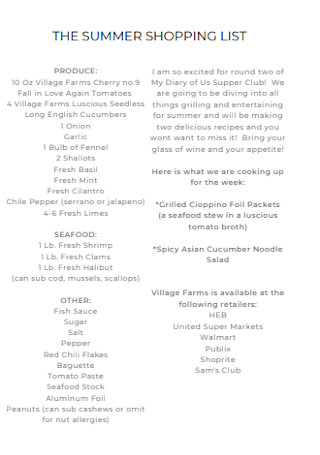
Summer Shopping List
download now -
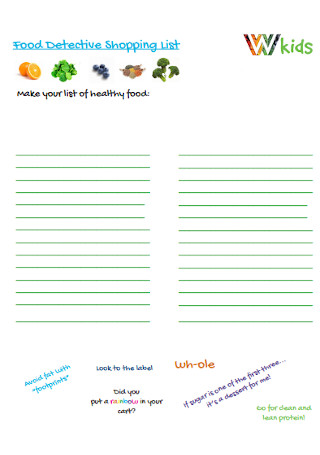
Food Detective Shopping List
download now -
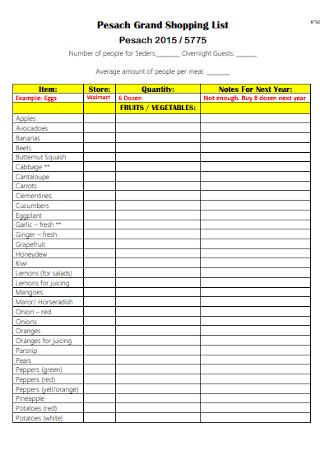
Pesach Grand Shopping List
download now -
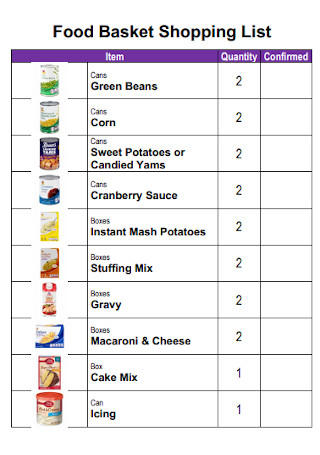
Food Basket Shopping List
download now -
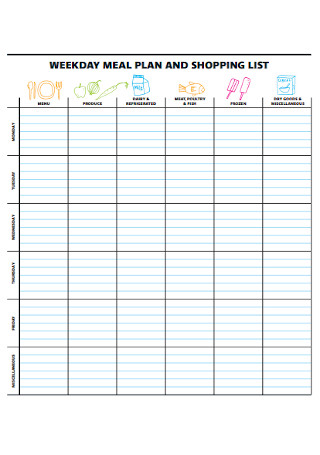
Weekday Meal Plan and Shopping List
download now -

Food Drive Shopping List
download now -
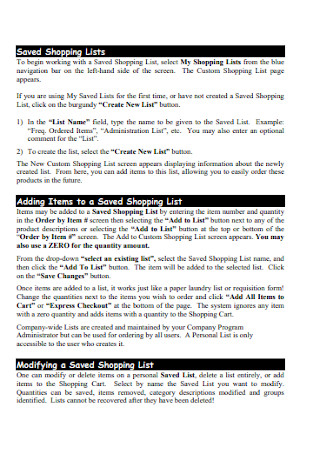
Simple Saved Shopping List Template
download now -

Residential Shopping List Template
download now -
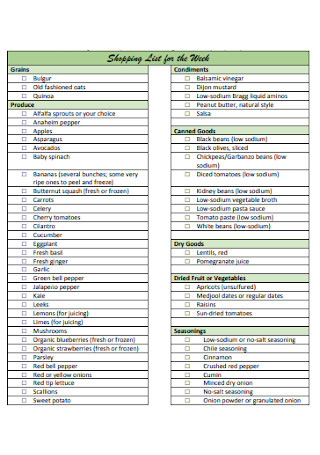
Shopping List for Week Template
download now
What Is a Shopping List?
A shopping list is as basic as its name suggests—a list of items needed to buy while shopping. The shopper or consumer is expected to create the shopping list before heading to any store. And with that piece of paper, the shopper will know what to look for while shopping. A common example is a grocery list, wherein a consumer lists every needed food to store at home and ensure that all the items in the list will be bought. Besides knowing what to purchase, shopping lists can be more detailed by including the brand of items, estimated prices, etc.
According to a survey, about 1.92 billion individuals bought goods or services online.
Statista also added that in 2017, 20% of American respondents said they bought goods online every week.
On another note, the United States Department of Agriculture’s (USDA) Economic Research Service (ERS) reported that Americans spent an average of 9.5% of their disposable personal income solely on food in 2019.
Why Are Shopping Lists Necessary?
Listing what to buy can be traced back to 2000 years BC in ancient Mesopotamia. And ever since, listing what to purchase is still being practiced, particularly shopping lists. There is no denying that shopping can be tedious, especially when you become overwhelmed with having too many options to choose from and forget what to buy. Thankfully, a shopping list is important to help you stay prepared. Memorizing numerous items to buy and forgetting them won’t happen again since the list works as your guide. Hence, shopping becomes a stress-free experience on your part.
According to Statista’s research survey, 1.92 billion people bought products or services online. And with the rise of e-commerce, it is no surprise why in 2017, 20% of respondents in the US confirmed that they bought products online weekly. Even when you don’t go out online shopping, it doesn’t mean you don’t need to list your orders. Who knows? You might have many orders coming, and you forgot to manage your finances. Always put into writing your purchases and things to do while buying with a shopping list, especially when there are easy-to-use templates that you can prepare to shop daily, weekly, monthly, or anytime.
Shop ’til You Drop: Elements of a Shopping List
Now that you know what a shopping list means and how important it is, are you wondering what most shopping lists look like? Such lists contain common elements, and they all guide you to avoid shopping until you drop. And without further ado, the elements of a shopping list are the following:
How to Make a Smart Shopping List
A shopping list’s purpose or function is easy to understand. But it can be an issue when the list itself is poorly made. Indeed, we have sample templates of shopping lists available for you to download and use for your next shopping spree. But, be sure to create and use it wisely for a satisfying experience. In this segment, we outlined the basic steps on how to create a smart shopping list.
Step 1: Determine Your Purpose
Yes, you are planning to shop. But what specifically are your shopping for? Are you shopping for new clothes for the baby being welcomed into the family, or perhaps, for healthy food options to achieve your weight loss goal? Be determined to stick with your purpose. Otherwise, your list might have a confusing structure. Maybe you plan for grocery shopping. Hence, tailor the shopping list’s layout based on what to buy from the grocery store. And if you want to buy all kinds of stuff from clothes, food, toys, cosmetics, and electronics, then be sure to categorize the list accordingly.
Step 2: Do Research and Analysis
Using a template, you can begin listing down the different items needed to purchase. But don’t simply rely on what you remember. Check what you currently have and don’t have at home. Maybe you assumed you need new supplies of pencils for your child who is a student. Yet, there are extra pencils left in the basement. After you know what you already have or not, analyze how important your needed things to purchase are. Maybe you planned to buy a lot, yet after analysis, your budget is insufficient at the moment. Thus, focus on the urgent things to buy first. It would help if you also researched how much each item’s possible prices are so you can estimate how much money to prepare.
Step 3: Insert Different Labels and Categories
Labels, categories, and subcategories are vital in your shopping list. And can you recall the elements of a shopping list earlier? Those examples are your guide on what to insert into your chosen template. But, you can also customize by adding more groups that fit your purpose. Remember that categorizing is for the sake of ensuring that you have an organized document. Simply enumerating items with different elements might confuse you. Maybe your first item refers to kitchen utensils, the next item is a new cellphone, and the next one is related to food. Thus, following the list rigidly lets you come back and forth from different stores. Group the items properly.
Step 4: Sort Your Priorities
It is alright to list many things, but it does not always mean that every single item is worth prioritizing. A tip is to focus on each item’s importance and urgency. If you need something soon and it is essential, then that should be bought first. An example is when you created a meal planner for an upcoming birthday party. If the party happens a few days from now, be sure the meals to prepare for that special day should be ready. Buy the prioritized items first and purchase the unimportant ones later. Getting the most important ones will make your shopping productive.
Step 5: Make It Flexible
When you already know the sequence and groups of what to purchase first until last, it is expected that you follow your list strictly. But, be sure the list’s format and content are flexible enough. If something is not found in stores, then list some alternatives. Don’t settle with one plan because anything can happen while shopping, like sold out items and increasing prices. You can also create an easy-to-follow format where you just put checkmarks to things you already added to your cart and bought—in short, a checklist. Whatever works easier and more flexible for you will be recommended.
Step 6: Add Blanks for Notes
While shopping, you might have some things to add to the list. Thus, provide extra space for comments and additional content. That could be where you note some changes in what you must buy or lack as of the moment. Or perhaps, you list some items you have your eye on at the store and note the price. Hence, it can be useful for your next shopping. Basically, you can do anything with the extra blanks. Use it well.
FAQs
Who creates shopping lists?
The shopper often creates a shopping list. That means he or she prepares what to buys by writing it on a list. That way, it won’t be difficult for the shopper to focus on the right items to buy. But, shopping lists can be created by anybody. An example is when a parent prepares a shopping list for a kid’s task; the child will already be guided from the list made by the parent.
What is a master grocery list?
A master grocery list works similar to a shopping list. It functions as the general reference of what to purchase while grocery shopping.
What foods are worth shopping while on a budget?
There are many options available on what foods to buy when you are on a budget. Examples include beans, oats, bananas, brown rice, eggs, tuna, spinach, and other vegetables. It also depends on how well you know your area of where to purchase the cheapest products.
A common saying says, “Happiness is not in money, but in shopping.” And whether you plan to treat yourself by shopping or buy as an errand for your basic needs, always prepare a shopping list. Behind that nice experience of buying goods and your favorite things also deals with time, money, and effort anyway. Thanks to our sample shopping lists, rest assured, you are guided to make sure you spend your shopping experience productively from the time, effort, and money spent.
